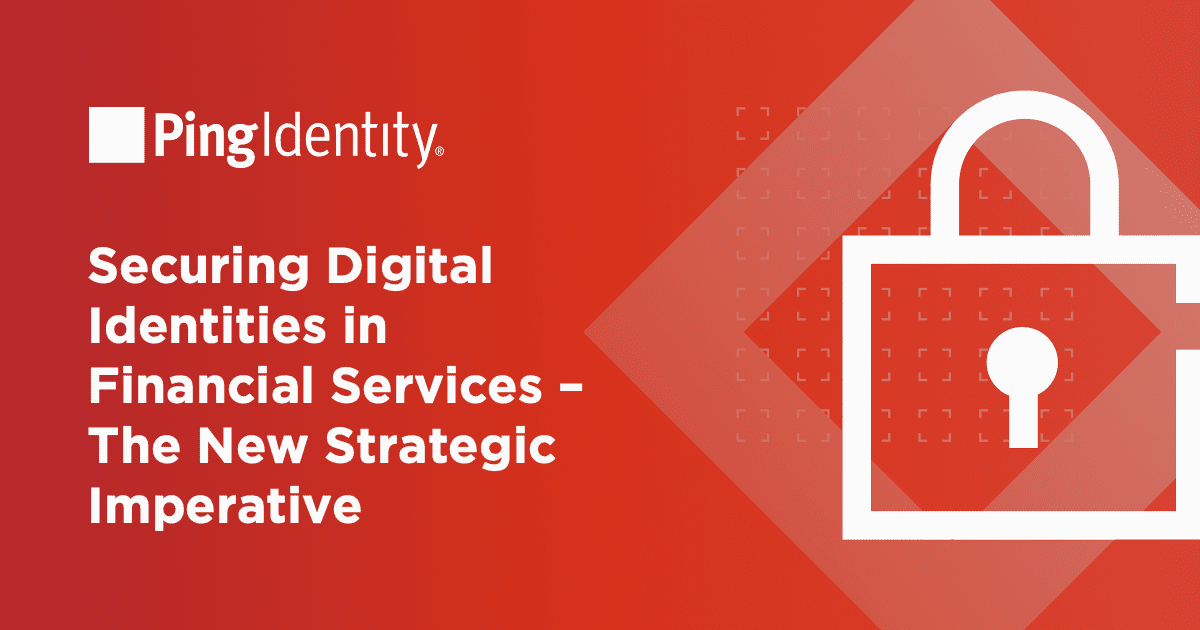Fraud prevention has historically been perceived as a trade-off between robust security and a seamless customer journey. However, as fraud tactics have evolved over the years, so too have prevention and detection strategies, proving that security and smooth customer experiences can coexist. However, recent technology advancements have shifted this narrative. Is it still possible for increased security and low-friction customer experiences to compliment each other in our current age of artificial intelligence (AI) and deepfakes? In today’s interconnected digital economy, does fraud prevention still equate to intrusive verifications, login frustrations, and multi-factor authentication (MFA) fatigue? Here’s how modern identity tools and strategies can help businesses build trust and foster customer loyalty while reducing financial losses and protecting their customers from identity theft.
From Friction to Trust: Rethinking Seamless Fraud Prevention
The Cost of Fraud
The stakes of fraud are high - U.S. businesses and consumers lost $12.5 billion to online fraud in 2023 alone, marking a significant increase compared to prior years and underscoring the urgent need for more advanced fraud prevention measures. Account takeover (ATO) and payment fraud incidents surged by 354% and 92% year-over-year, respectively, highlighting the growing sophistication of fraudsters. These trends make it imperative for organizations to adopt dynamic fraud prevention strategies that mitigate risk while ensuring a seamless customer experience.
Busting the Myth: Security vs. Experience
The misconception that “secure equals friction” is outdated. Modern fraud prevention solutions use real-time risk assessment, behavioral biometrics, and machine learning algorithms to identify potential fraud without burdening customers. Let’s explore how businesses can strike this balance effectively.
Invisible Security Through Passive Fraud Detection
Passive fraud checks operate in the background, monitoring behaviors like typing speed, mouse movements, and device reputation. These technologies enable seamless detection of potential threats, enhancing both security and user satisfaction. For instance, a leading financial institution implemented such strategies to reduce customer friction while detecting fraud in real time. For example:
Behavioral Biometrics: Identify anomalies in user behavior such as typing cadence or swipe patterns.
Device Telemetry: Detect risky devices or users engaging in suspicious activities.
Geo-Velocity Analysis: Flag inconsistencies in user location.
These methods allow businesses to extend session lengths without frequent reauthentication, creating a seamless customer experience.
Constructive Friction for High-Risk Scenarios
While most users enjoy frictionless experiences, meaningful friction during critical moments can enhance both security and trust. This approach involves techniques such as:
Liveness Detection: Ensuring the individual performing an action is a live human rather than a deepfake or static image. This technology provides reassurance during high-stakes interactions like payment processing.
Step-Up Authentication: Introducing additional verification steps, such as MFA or biometrics, for high-risk activities like large financial transfers or profile updates. These measures ensure user authenticity while maintaining trust and safety.
These measures protect users without unnecessarily disrupting the flow of the customer journey. For instance, step-up authentication is activated during high-risk actions, such as large financial transfers or sensitive profile updates, while more streamlined authentication methods are deployed for low-risk users and activities. This approach ensures customers feel protected but not overburdened. In fact, consumers prefer varying levels of friction; visible security measures during critical moments further enhance trust and satisfaction. A recent study revealed that 38% of consumers want more visible security when accessing bank accounts from a new device, and 37% prefer it during large online transactions.1 Collectively, these targeted strategies instill confidence and ensure a smooth experience for legitimate users.
Keep out fraudsters, bring in customers
Discover how with
“The New Rules of Fraud Prevention”
Fraud Prevention Strategies for Enhanced CX
Adaptive Security Tailored to Risk
Not all users pose the same fraud risk. Adaptive security models leverage machine learning to assign risk scores dynamically, enabling businesses to:
Allow seamless access for low-risk users.
Apply stricter measures like identity verification or CAPTCHA (Completely Automated Public Turing test to tell Computers and Humans Apart) for suspicious activities.
Reduce false positives that frustrate legitimate customers.
Continuous Monitoring Across the Customer Journey
Fraud detection shouldn’t be limited to the point of transaction. Continuous monitoring tracks user behavior from account registration to checkout, identifying anomalies at any stage. For example:
ATO Prevention: Flag unauthorized logins or suspicious profile changes.
Session Hijacking Detection: Terminate sessions with signs of unauthorized access.
Seamless Account Creation
Lengthy or complex account creation processes deter customers. Implementing passive verification tools, such as device reputation checks, ensures security without introducing excessive friction. This approach reduces abandonment rates while preventing new account fraud (NAF).
AI-Driven Fraud Detection
Machine learning algorithms analyze vast amounts of data to detect subtle patterns indicative of fraud. For example, these algorithms can differentiate between legitimate users and bots by identifying anomalies in behavioral data. By integrating AI into fraud prevention, businesses can:
Identify bot-driven attacks, such as credential stuffing or brute force login attempts.
Detect emerging fraud techniques in real-time, keeping pace with evolving threats.
Real-World Impact: Case Studies
Financial Institution
A major bank leveraged advanced identity and access management (IAM) functionalities to balance enhanced security with smooth customer experiences. By implementing risk-based customer authentication, the bank achieved compliance with the Revised Payment Services Directive (PSD2) regulations, which are meant to enhance payment security and protect users, while minimizing disruptions. This allowed customers to access banking, credit card, and insurance services seamlessly and securely, improving customer satisfaction.
Health Insurance Provider
A leading online health insurance marketplace enhanced security and streamlined access for its employees and customers. The organization implemented secure single sign-on (SSO) and MFA to protect sensitive customer data while ensuring a seamless experience. This approach not only fortified their defenses against cyber threats but also enabled a more efficient and user-friendly interaction with their platform.
Practical Steps to Implement Seamless Fraud Prevention
By leveraging advanced identity verification tools, orchestration platforms, and AI-powered analytics while educating both customers and internal teams, organizations can effectively combat fraud without compromising convenience. Here are some practical steps you can take to set your organization on the path to seamless fraud prevention.
Invest in Identity Verification Tools: Implement technologies to authenticate customers during high-risk actions.
Orchestrate the Journey: Use orchestration platforms to unify fraud detection, authentication, and CX tools across the user journey.
Educate Customers and Teams: Empower users to recognize phishing attempts and train teams on balancing security with usability.
Leverage AI and Behavioral Analytics: Continuously analyze user behavior to refine fraud detection models.
Embracing Security as a CX Advantage
Fraud prevention doesn’t have to come at the cost of customer satisfaction. By integrating modern solutions like orchestration platforms, advanced risk scoring, and seamless identity verification, businesses can create a safer yet smoother experience for all customers. Additionally, adaptive, AI-driven strategies and a balanced authentication approach can mitigate fraud risk while fostering trust and loyalty. It’s time to bust the myth - secure experiences can also be great experiences.
Learn how to outsmart fraudsters without keeping out customers
Explore “The New Rules of Fraud Prevention” today
Start Today
Contact Sales
See how Ping can help you deliver secure employee, partner, and customer experiences in a rapidly evolving digital world.


